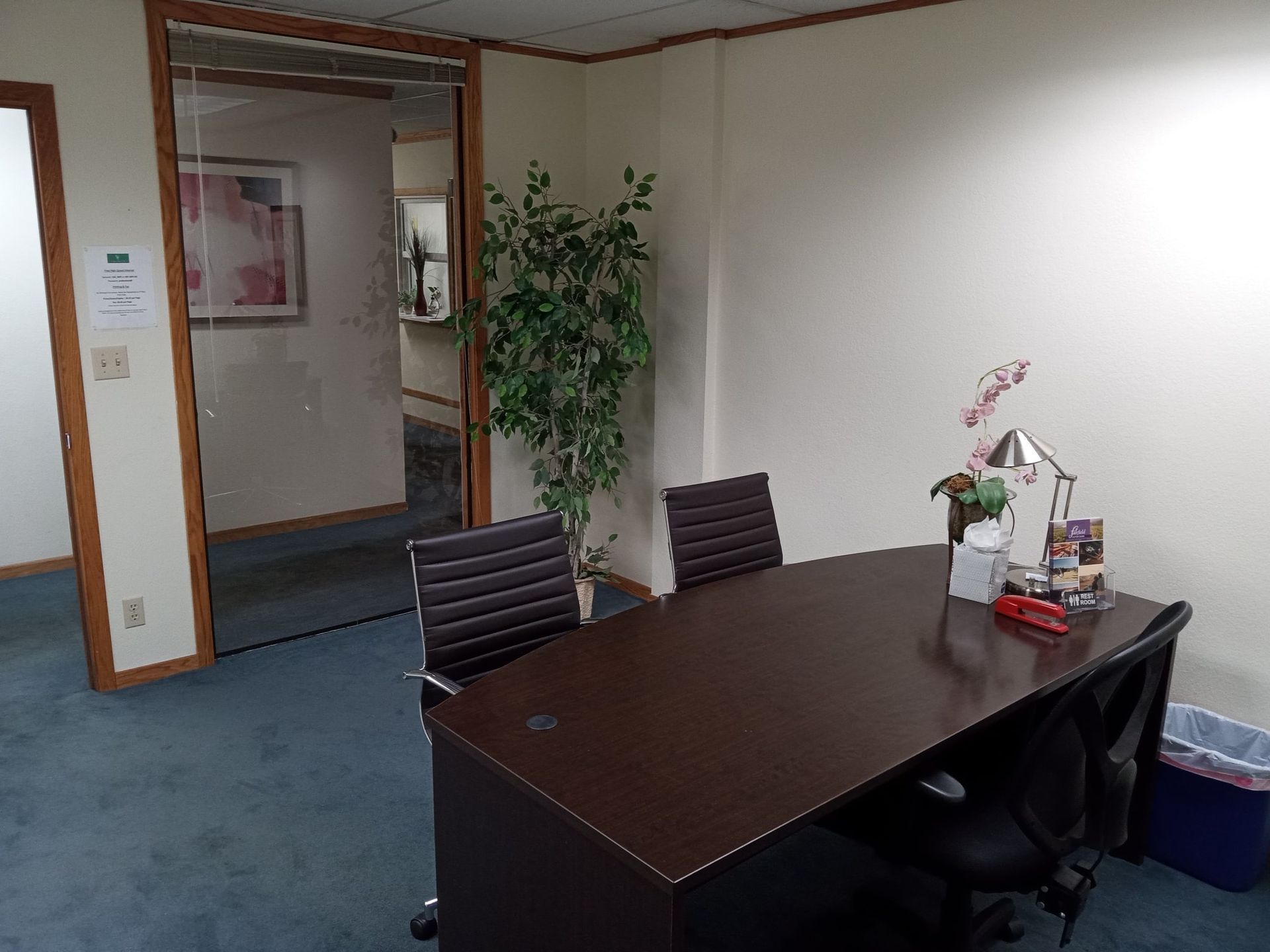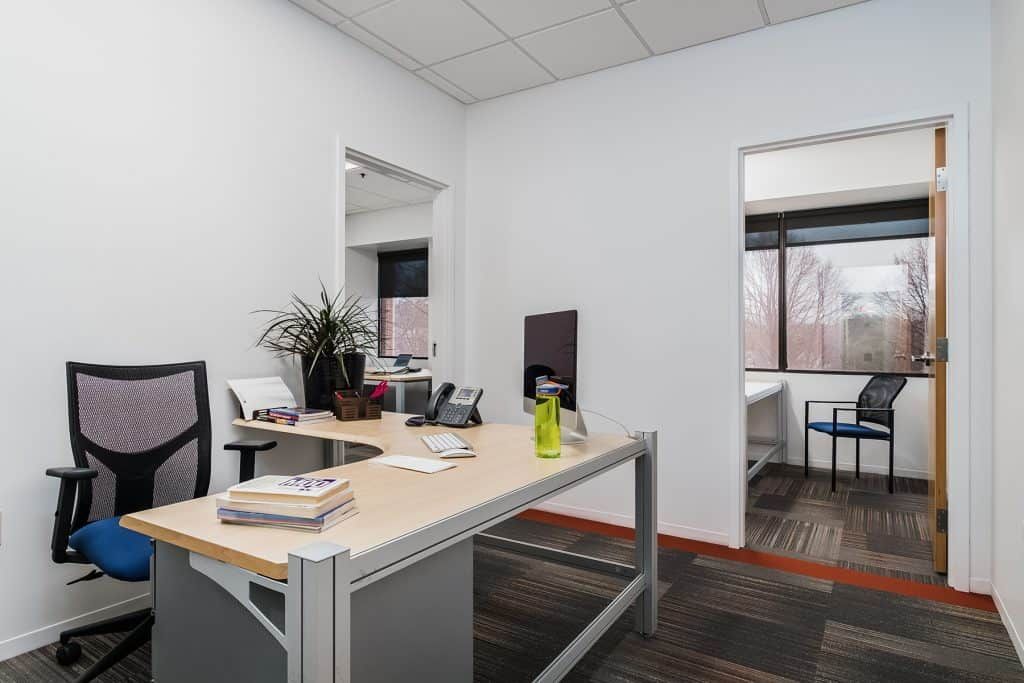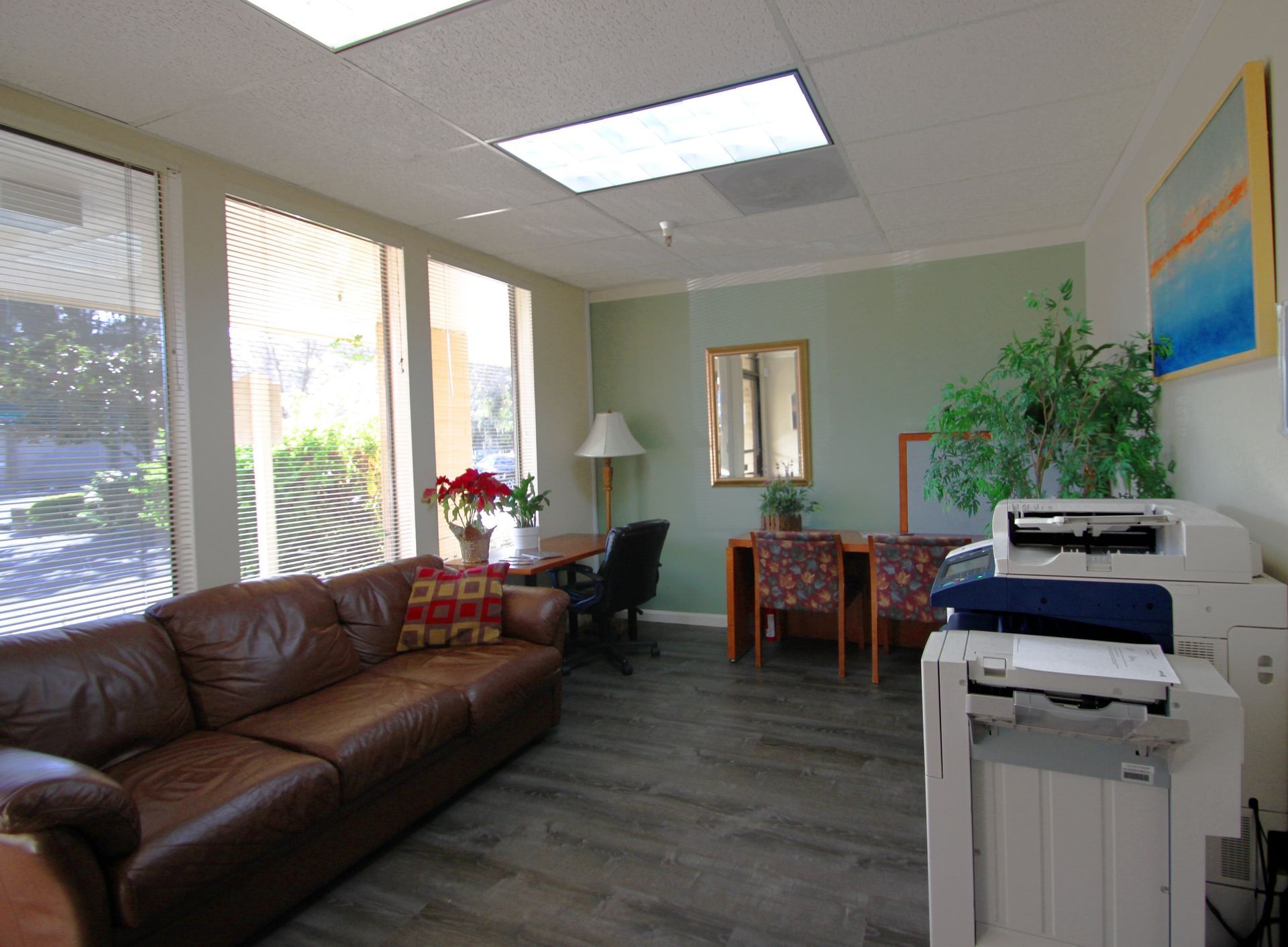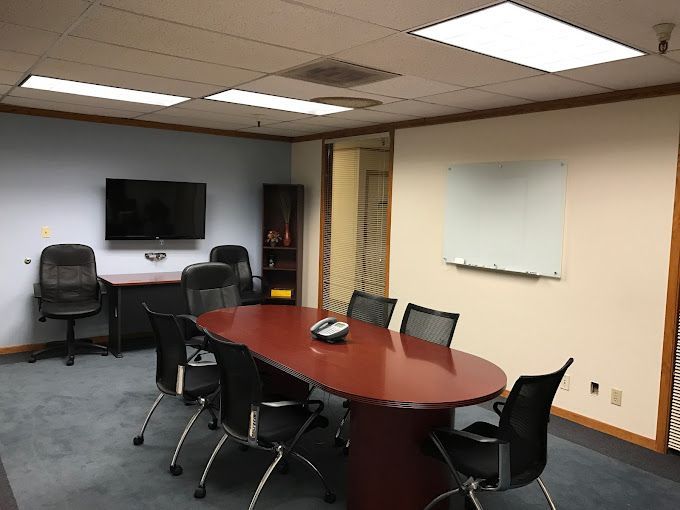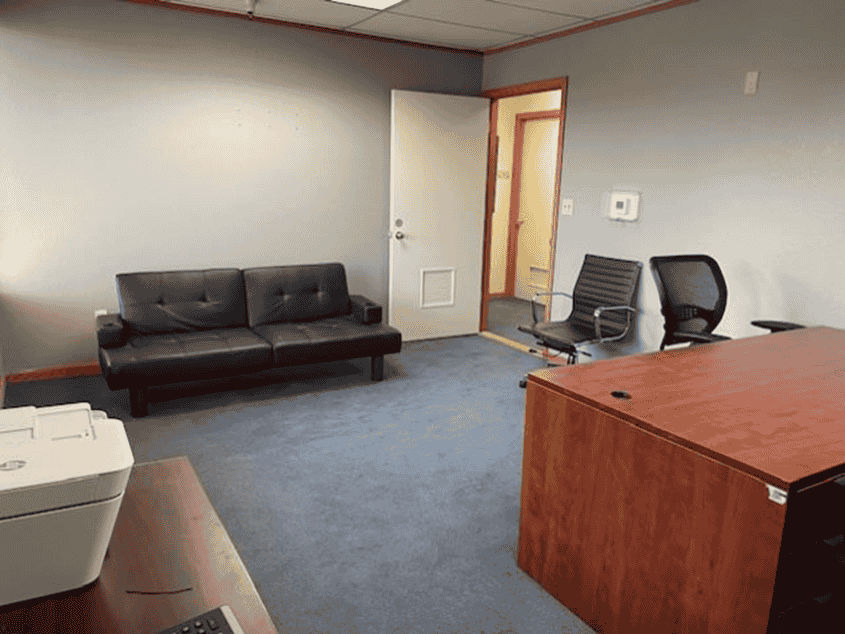New Paragraph
Sublease Office Space : A Smart Solution for Growing Businesses
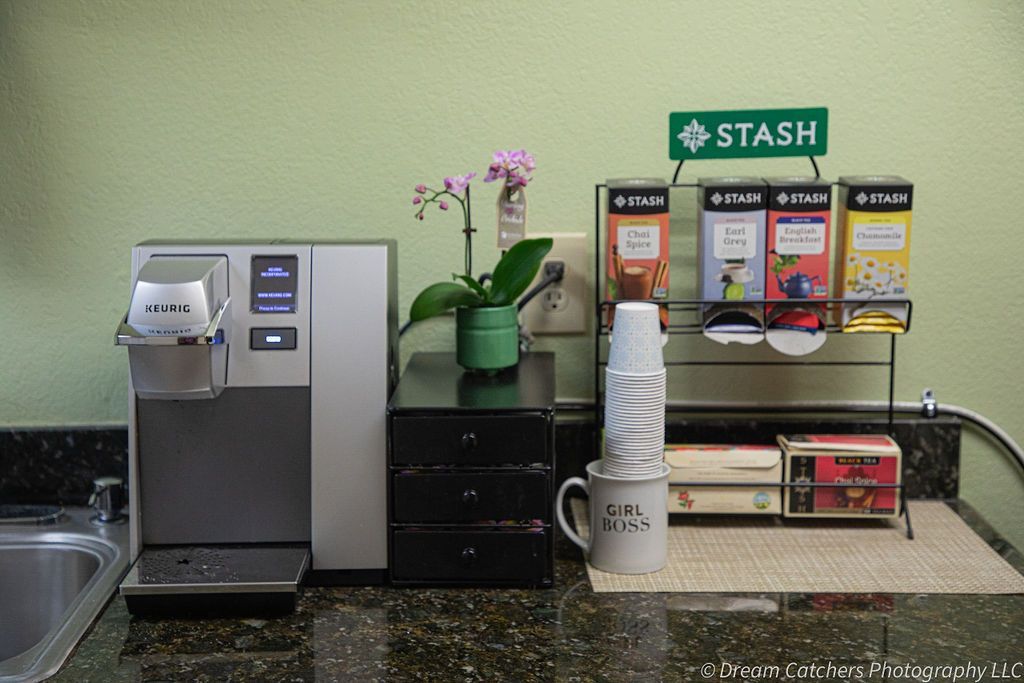
In the fast-paced world of business, flexibility is crucial. As companies expand or downsize, they often find themselves in need of more or less office space. Subleasing office space has become a popular option for businesses of all sizes. It offers both tenants and subtenants a variety of benefits. In this blog post, we will explore everything you need to know about subleasing office space, including the advantages, the process, and important considerations to make when choosing this option.
What is Subleasing Office Space?
Subleasing office space refers to the practice of renting out a portion or all of a rented office to another business or individual. The original tenant, known as the "sublessor," retains the primary lease with the landlord but allows the "sublessee" to occupy the space. Subleasing can be done for a variety of reasons, including excess space that is no longer needed, a temporary need for income, or a desire for more flexibility.
Why Should Businesses Consider Subleasing Office Space?
Businesses today are always looking for cost-effective solutions that allow them to grow while maintaining flexibility. Subleasing office space offers a wide range of benefits that make it an appealing choice for many companies.
1. Cost Savings
One of the primary advantages of subleasing office space is the potential for cost savings. Renting office space in prime locations can be expensive. However, subleases are often offered at a lower rate than the market rent. This allows subtenants to enjoy a premium location at a reduced price. Additionally, for businesses that only need part of the space, subleasing helps avoid paying for unused square footage.
2. Flexibility
Businesses are constantly evolving, and their office needs change over time. A company might need more space to accommodate growth or less space if it downsizes. Subleasing office space provides the flexibility to adjust to these changes without the long-term commitment typically associated with traditional office leases. Subleases are often short-term agreements, ranging from a few months to a couple of years, providing businesses with greater agility.
3. Immediate Availability
Finding office space in a competitive real estate market can take time. A sublease agreement often allows businesses to move into an office space quickly without going through a lengthy negotiation and approval process with the landlord. This is especially beneficial for companies that need a new location or are in a rush to start operations in a new area.
4. Shared Amenities
When subleasing office space, businesses can often access shared amenities such as reception services, parking, conference rooms, and high-speed internet. These amenities may be included in the sublease agreement or provided for an additional cost. Shared resources can significantly reduce the operational costs of businesses, especially smaller ones that may not have the budget to invest in such services independently.
5. Short-Term Commitment
For many companies, the ability to enter into a short-term lease agreement is desirable. Traditional commercial leases often lock tenants into long-term contracts, making it challenging to adjust space requirements as business needs fluctuate. A sublease allows businesses to test the waters in a new location or office type without committing to years of rent.
How Does Subleasing Office Space Work?
Understanding how subleasing works is crucial before entering into an agreement. While subleasing offers flexibility, there are specific legal and logistical steps to follow to ensure everything goes smoothly.
1. Review the Master Lease
Before subleasing office space, it's essential to review the original lease agreement between the landlord and the primary tenant (the sublessor). In most cases, subleasing is allowed, but the landlord's consent is usually required. The original lease will also outline any restrictions or conditions related to subleasing, such as the duration of the sublease, the types of businesses allowed, and whether the space can be altered in any way.
2. Obtain Permission from the Landlord
Once you've reviewed the original lease and decided that subleasing is the right option, the next step is to get written permission from the landlord. The landlord has the right to approve or deny the sublease based on the terms of the original lease agreement. In most cases, landlords will require information about the subtenant, such as their business profile, financial standing, and references.
3. Negotiate Terms with the Subtenant
Once the landlord approves the sublease, it's time to negotiate the terms with the subtenant. This includes setting the rent, the duration of the sublease, and any additional responsibilities (e.g., maintenance, utilities, etc.). Both parties should ensure that the terms of the agreement are clearly outlined to avoid misunderstandings later on.
4. Draft a Sublease Agreement
A sublease agreement is a legal document that outlines the terms and conditions of the sublease arrangement. It should cover key details such as:
- The rental amount
- The length of the sublease
- The responsibilities of the sublessor and subtenant
- The condition of the property and any allowed modifications
- Any rules or restrictions
- Exit or termination clauses
Having a well-drafted sublease agreement protects both parties in the event of a dispute.
5. Manage the Sublease
Once the sublease is in place, it's essential to manage the relationship between the sublessor and subtenant effectively. While the sublessor remains responsible for the original lease, it's crucial to maintain open communication with the subtenant to ensure everything is running smoothly. Any issues, such as late payments or complaints about the office space, should be addressed promptly.
Essential Considerations When Subleasing Office Space
Subleasing office space may be a great solution. Still, there are a few factors that businesses must consider before entering into a sublease agreement.
1. Legal Obligations
The original tenant (sublessor) retains responsibility for the primary lease, even after subleasing the space. This means that if the subtenant fails to pay rent or damages the property, the sublessor may be held financially liable. Therefore, it's essential to vet potential subtenants thoroughly to ensure they are reliable.
2. Lease Terms
As mentioned earlier, the terms of the original lease will dictate the possibility and conditions of subleasing. If the lease doesn't permit subleasing or if there are strict restrictions, businesses should avoid entering into a sublease agreement. Violating the terms of the lease could result in the termination of the original lease and legal repercussions.
3. Space Limitations
In some cases, the subleased office space may not meet all of the subtenant's needs. The space may not have the layout, size, or amenities that the subtenant desires. It's important to carefully assess the space to ensure that it aligns with your business requirements before committing to a sublease.
4. Landlord's Role
Even though the sublessor and subtenant may have a direct agreement, the landlord's role in the sublease cannot be overlooked. Landlords can impose restrictions on the use of the space, even during a sublease. It's essential to establish clear communication with the landlord to ensure there are no issues later on.
5. Future Flexibility
When entering into a sublease agreement, it's essential to consider future flexibility. What happens if your business grows and needs more space? What if you need to downsize sooner than expected? Make sure your sublease agreement includes a provision for adjusting the terms if your circumstances change.
Conclusion on Sublease Office Space
Subleasing office space is an excellent way for businesses to save on costs, maintain flexibility, and access high-quality office spaces without a long-term commitment. By understanding the subleasing process, carefully negotiating the terms, and considering the key factors outlined above, businesses can make informed decisions that support their growth and success.
If you're looking for cost-effective office solutions that offer flexibility, subleasing may be the perfect fit for your business. However, be sure to conduct thorough research, obtain legal advice, and ensure that both the original
office lease and sublease terms are met to avoid any complications in the future. With the right approach, subleasing office space can be a mutually beneficial arrangement for all parties involved.


